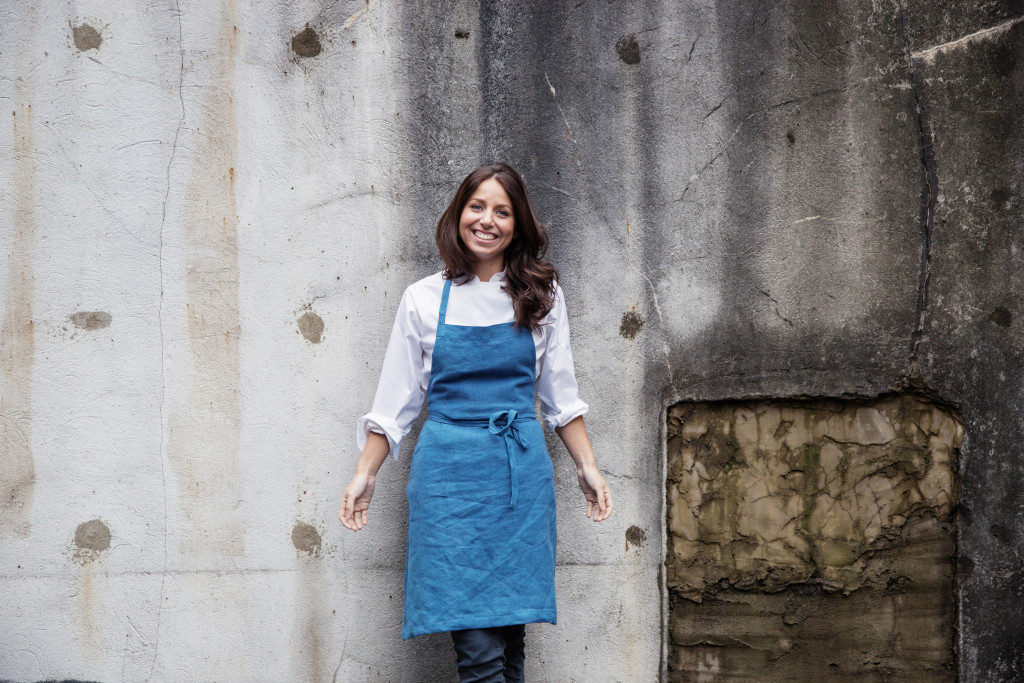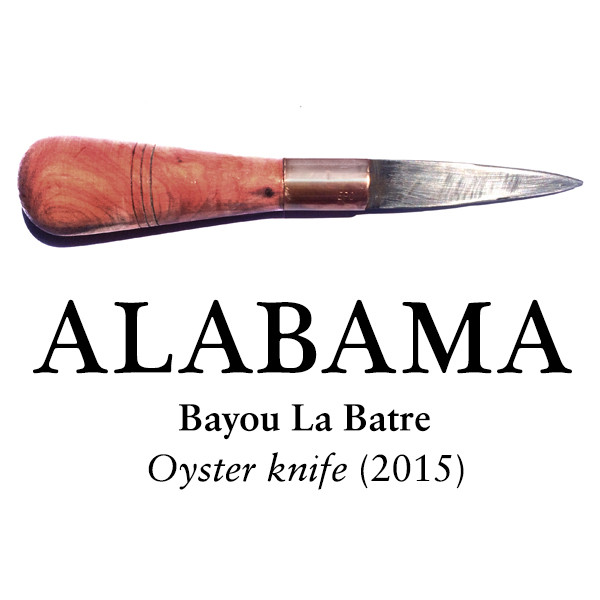Dispatch
Meet Florence Knight of Polpetto
When I moved back to London earlier this year the first restaurant I ate at was Polpetto. After a two-year hiatus this Venetian-inspired bacaro had just reopened in a new, larger Soho location—to much effervescent excitement and five star reviews (not to mention setting the bar high for my own personal restaurant explorations). Owned […]
FACEBOOK TWITTER EMAIL

Photo by Carol Sachs
When I moved back to London earlier this year the first restaurant I ate at was Polpetto. After a two-year hiatus this Venetian-inspired bacaro had just reopened in a new, larger Soho location—to much effervescent excitement and five star reviews (not to mention setting the bar high for my own personal restaurant explorations). Owned by Richard Beatty and Russell Norman of the hugely successful Polpo group, their little sister restaurant could no longer really be described as such. Head chef Florence Knight has imbued the menu with her distinct sense of delicate flavors, texture, and color while keeping a devout focus on seasonality of produce. Taking time between services, Knight talked to us about her love for obscure, hard-to-find vegetables, why lardo is underrated, and how her background in fashion is visible on all her plates. ANDIE CUSICK
Where does your passion for food come from?
I grew up in a little cottage in the middle of nowhere, a place called Wormley and all that’s there are a few houses and a train station so it was very, very quiet. But it wasn’t quiet in the house as I’ve got five brothers and sisters and we had four dogs, five cats, chickens, guinea pigs and rabbits— it was a very full house! I suppose growing up, although it was crazy and although my mum isn’t a very good cook, she spent a lot of time with us picking blackberries and wild garlic so food was actually gathered by us a lot. We also grew up with an Aga so it was very easy to cook – I didn’t have to worry about flames. I think cooking becomes very natural when you just lift up a lid or throw something in the oven and go so that meant it was very easy for me to get involved. And we had our own chickens so eggs were definitely the starting point…
And what role did food play in your upbringing?
It was a huge part of my upbringing, just eating together and having all the food at the table was massive – we never got our own food, it was all shared from one dish so that’s why I love eating in this way. I used to find it really strange when I went to other people’s houses and you’d get your meat and two veg and it was all on your own plate!
What’s involved in your creative process?
It always starts with ingredients. I make sure I have great relationships with all my suppliers – some I’ve worked with for nine years now. I might see something when traveling that I haven’t seen in London such as red spinach and ask them where we can find it. Or my forager will ring me up and have some rocket flowers or pineapple weed and ask if I want to play around with it. It goes from there really.
Do you break the rules? If so, how?
For years as chefs we get training on plating tightly and in a controlled way, but I want to let things go naturally, and fall loosely. I don’t like things that look like a machine could have made them—so although it has to be perfect, I love a sneaky bit of olive oil that’s where it shouldn’t necessarily be.
What English produce do you enjoy the most?
Cobnuts in the autumn. Asparagus is the beginning of summer for me. And our English peas are like sweeties in comparison to the Italian peas.
What food do you eat at home?
I don’t cook a huge amount at home, I have to admit. We always have things like big lumps of aged parmesan, anchovies, things that don’t go off that I can just grab and lots of charcuterie.
How has your background in textile design influenced your cooking?
I studied at London College of Fashion before I went to Leith’s. It’s hard to describe the link between food and fashion but it’s massive, actually, as it’s all textural. With food you’re adding two other things – seasonality, which is hugely important to me and you’re adding flavor. My food is all about making the best of one thing on the plate. I’m not trying to complicate, I’m trying to enhance so I spend a lot of time taking away from food and going ‘I want that to be the huge thing in that dish’.
Describe your food to a newcomer at Polpetto…
Pared-back simplicity. Definitely seasonal. Hopefully humble. But I hope that I would surprise people, too. In certain dishes there’s lovely things like Amalfi lemon pith so I hope they also get inspired by unusual ingredients that I sneak in there as well. I think my food is delicate but also has a gruffness to it – during the winter we had big flavors like hares that were really gutsy and gamey faggots, and now that we’ve come to summer it’s really light and much more delicate… hopefully there’s a femininity in there.
How often does your menu change?
Everything on the menu changes depending what’s available – I just got a message saying my rocket flowers aren’t available so I just have to move on to the next. But then there’ll be these incredible baby cucumbers and these Italian onions that no one has ever used before that are really sweet so I just go from there. Sometimes it’s sad if you really love a dish and have spent a long time on it but I’m quite brutal and move on quickly.
What ingredients do you keep coming back to?
I’ve always really loved lardo and that’s one thing a lot of people are terrified by because it’s a fat but it’s full of really beautiful flavor. I love the translucency, it’s almost like a skirt the way it drapes on the plate, you get a great curl and that balanced with a white fish or a scallop is a lovely thing. Fennel has always been a huge part of my cooking – candied fennel with chocolate sorbet was one of my favorite things for a while and fennel seeds in doughnut sugar with a chocolate center.
What’s the most challenging thing about your cooking?
There’s no room for problems in my kind of pared-back food. You have to be so careful. The rabbit, which we’ve got on at the moment, is braised overnight and we smoke it with Douglas Fir pine needles. The broth has to be totally clear and smoky but not too salty. But if the bone in the rabbit isn’t nice or if it’s a little bit dry or the salt isn’t balanced… there’s just no room for error because if there is you see it straight away.
How do you stay inspired?
Traveling is hugely important to creating. It’s important I escape these walls sometimes! Eating other people’s food is also good for that. It’s nice for someone else to cook for you sometimes!
Florence Knight’s book One: A Cook and Her Cupboard is available at amazon.com. For more information, see polpetto.co.uk.
Warning: opendir(/nas/content/live/gatherjournal/wp-includes/images/media): failed to open dir: No such file or directory in /nas/content/live/gatherjournal/wp-includes/post.php on line 7113
Notice: Undefined variable: icon in /nas/content/live/gatherjournal/wp-includes/post.php on line 7183
Advertisement

